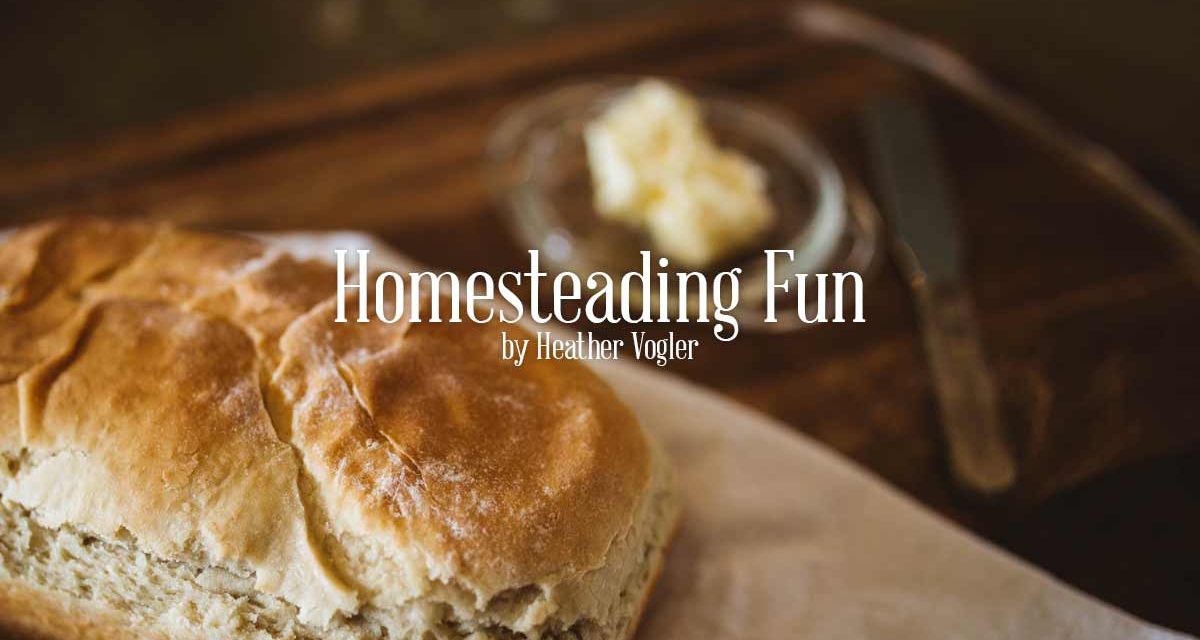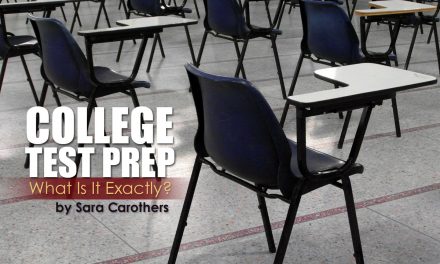Have you wanted to bring the Little House on The Prairie Series to life for your kids? Have you wanted them to have a small taste of what life was like before cell phones, tablets or even electricity? If it were up to me, I would encourage every tween and teen in America to embark on a mission trip to an underdeveloped nation. It can be a powerful and life changing experience for a young person. Although there are many organizations and opportunities available this day and age, it is not always practical or possible. If this is not an option, and your desire is to teach your children about the more simplistic ways of life, why not try exposing them to a few simple skills of times past? Bring history to life by teaching your children some ways of old.
Making Butter: Kids know that milk comes from cows but what about the actual composition of milk? There is so much more to milk than meets the eye. In colonial times, once the cow was milked, that was not the end all. The cream would then be separated out. This is what would then be churned into butter. Obviously this still happens today, just usually not at home with the children a part of the process as was the norm back then. Then, once the butter was made, the excess milk was your buttermilk. Nothing was wasted. Want to teach your children to make butter in twenty minutes or less? Find a small four ounce mason jar and fill it halfway with heavy whipping cream that has been sitting out long enough to become room temperature. Place a lid on the jar and have your child shake. Then have them shake and shake and shake. Once the butter solidifies into a mass in the middle of the jar, drain out the buttermilk. Save the buttermilk for biscuits or pancakes and add a bit of salt to the butter before spreading on some nice, warm toast!
Candle Creations: Candles were a necessity that we don’t quite understand today unless maybe we have a random blackout during a storm. Candle making was an important part of colonial history because it was an important light source. The candles they made usually consisted of using the leftover lard or tallow. Making candles today is a quick and easy process if you are using simple beeswax or soy and usually is not a long drawn out task. It’s actually an enjoyable activity that we can complete in an afternoon that does not take much time or prep. Making candles from tallow like they did in colonial times is a little different. We tried it with the kids once and keep the candles in the basement for emergencies. It was a good “prepping” experience for them in case they ever need to make candles in a pinch in the future, because, well, you just never know when these skills could come in handy. Here’s a link that teaches you how to render tallow for candle making and then here is how to actually make the candles. I know this was a good skill for my kids to learn!
A Simple Compost: Even if you have just the smallest garden in your yard, a simple compost pile can help your soil tremendously. There are many intense methods of composting out there but if you just make it a habit to make a pile of your table scraps, leaves in the fall and extra cardboard, your soil can be ripe for planting season. I live in an area with hard, red clay that is simply not practical for planting in so our soil needs as much help as it can get. In the winter, our compost pile is in my herb and flower garden. We have a small bin next to the kitchen sink that we place all of our table scraps in. Nightly, whoever is on dish duty is also responsible for bringing out the scraps into the pile. In the summer, we bring the scraps to another pile that we form in an area where we might need good soil.
Bread Making: This might seem intimidating to someone who is not a fan of working with yeast but breadmaking is a great opportunity to teach children patience. Quick breads such as banana bread or zucchini bread can be made in an hour but yeast breads are another story. Yeast breads usually take at least ninety minutes to rise, sometimes more. If you have a day that you plan to stay home all day this is a perfect opportunity to teach your child how to make bread, if you don’t already do this on a regular basis. It’s a wonderful ski for children to have especially in our quick, microwaved, drive-thru driven culture.
What have you done in your homeschool that might fall within the homesteading category?





